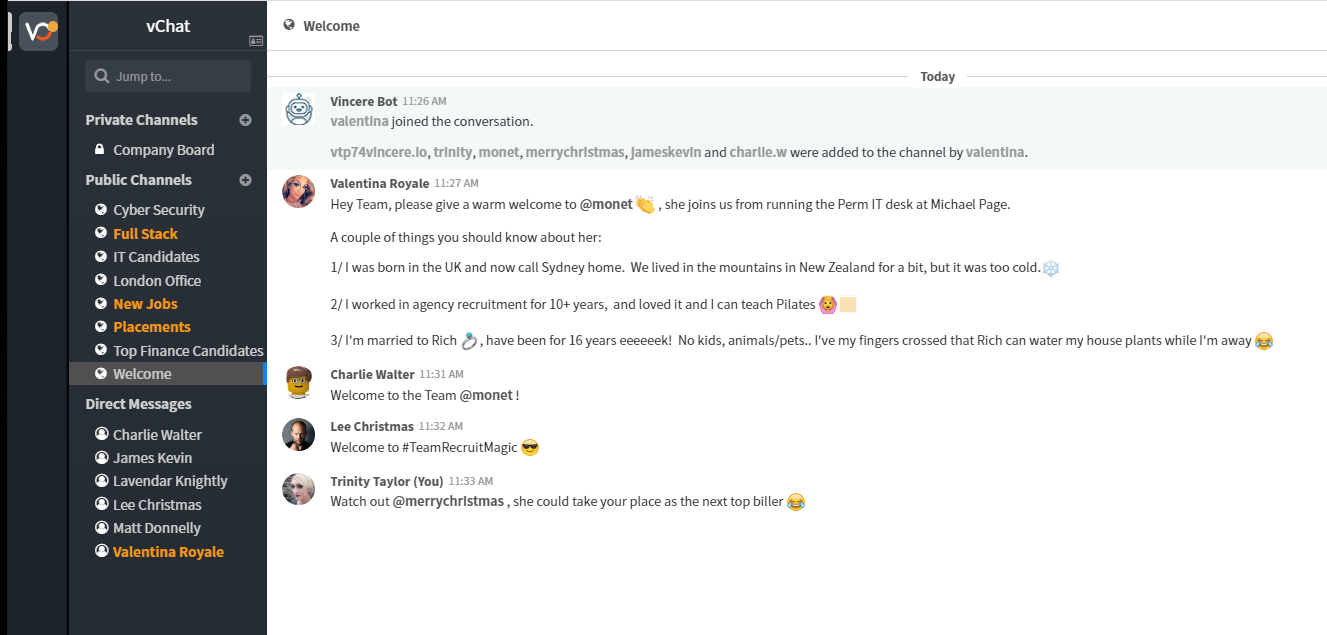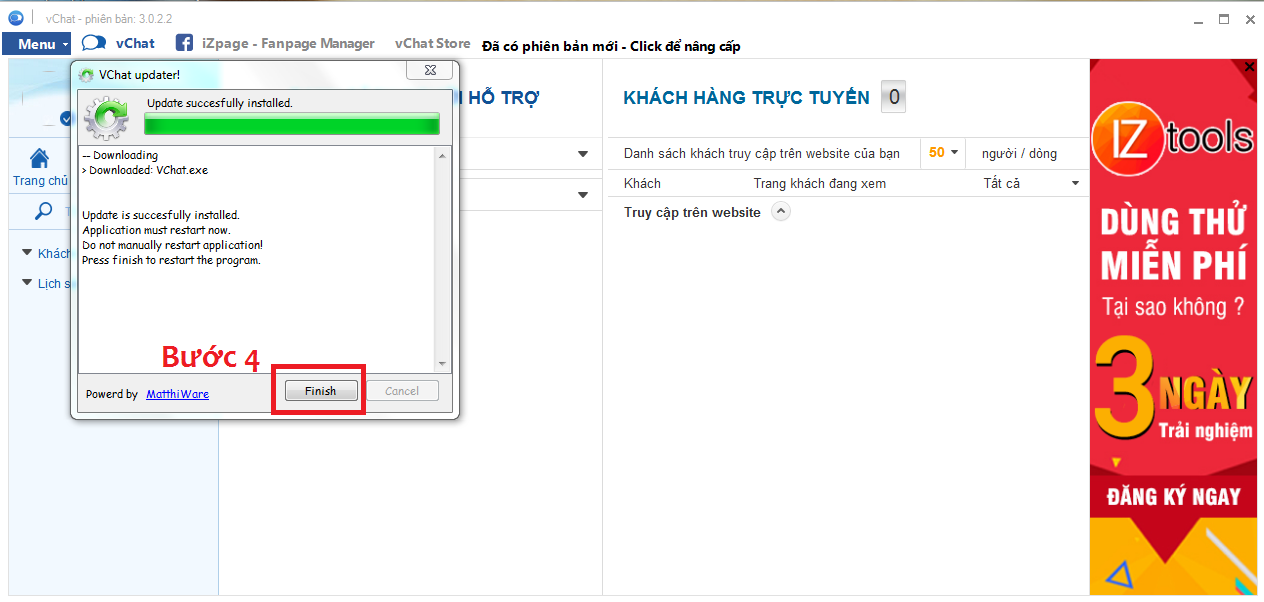

With UDP, computer applications can send messages, sometimes known as datagrams, to other hosts on an Internet Protocol (IP) network without requiring prior communications to set up special transmission channels or data paths. The User Datagram Protocol (UDP) is one of the core members of the Internet Protocol Suite, the set of network protocols used for the Internet. Among its management tasks, TCP controls message size, the rate at which messages are exchanged, and network traffic congestion. Besides the Web, other common applications of TCP include e-mail and file transfer. In particular, TCP provides reliable, ordered delivery of a stream of bytes from one program on one computer to another program on another computer. TCP is so central that the entire suite is often referred to as "TCP/IP." Whereas IP handles lower-level transmissions from computer to computer as a message makes its way across the Internet, TCP operates at a higher level, concerned only with the two end systems, for example a Web browser and a Web server. The Transmission Control Protocol (TCP) is one of the core protocols of the Internet Protocol Suite. Such an endpoint is known as a port and the identifier is the port number. Use a numerical identifier for the data structures of the endpoints for host-to-host communications. In computer networking, the protocols of the Transport Layer of the Internet Protocol Suite, most notably the Transmission Control Protocol (TCP) and the User Datagram Protocol (UDP),
#Vchat port 1168 license
The closest known UDP ports before 1169 port :1170 (AT+C License Manager), 1170 (AT+C License Manager), 1171 (AT+C FmiApplicationServer), 1171 (AT+C FmiApplicationServer), 1172 (DNA Protocol), The closest known TCP ports before 1169 port :1170 (AT+C License Manager), 1170 (Psyber Stream Server Trojan), 1170 ( Psyber Stream Server - PSS), 1170 ( Streaming Audio Server), 1170 ( Voice), The closest known UDP ports before 1169 port :1168 (VChat Conference Service), 1168 (VChat Conference Service), 1167 (phone, conference calling), 1167 (conference calling), 1167 (Cisco IP SLAs Control Protocol), The closest known TCP ports before 1169 port :1168 (VChat Conference Service), 1167 (Cisco IP SLAs Control Protocol), 1167 (Cisco IP SLA (Service Assurance Agent)), 1166 (QSM RemoteExec), 1165 (QSM GUI Service), Gasmy library, Beta Library - good known manualy created port databases.WIKI port numbers assignments library (database) - Good known wikipedia ports library.IANA port numbers assignments library (database) - The Internet Assigned Numbers Authority (IANA) is responsible for maintaining the official assignments of port numbers for specific uses.Total number of records are about 22000 (in 3 times more that in other service). Port search going through 4 library (database), If the scan finds open ports, make sure you know what services are listening to them.On this page you can find tools for search TCP Port Numbers and UDP Port Numbers.Ĭurrent service contain the biggest tcp udp port list. You can also specify the protocol(s) to scan, for example: ?tcp=1&udp=1&port=12345 You can scan any one single port by adding "?port=xxxxx" to the above URL, for example: ?port=12345.

#Vchat port 1168 full
List of all currently scanned ports and corresponding descriptions can be found - here -, as a part of our full known ports database. We have send a few requests without response, and it is reasonable to believe the ports

Therefore, the lack of response does not guarantee that a port is being filtered. Note that the UDP protocol is not lossless, and does not respond to all requests by definition. black hole).įiltered UDP ports that do not respond to the scan. This is the best security level for your ports, as it provides no information about your system or its existence (a.k.a. It still reveals that your system is up, and might provide some additional fingerprinting information to potential intruders.įiltered ports do not respond to a portscan at all, they don't appear to exist. Ports in this category respond to our scan, however appear to be closed. Open ports offer services that are potentialy vulnerable to attacks! All ports should be closed or filtered, unless you specifically require some open (and know exactly what they are).


 0 kommentar(er)
0 kommentar(er)
